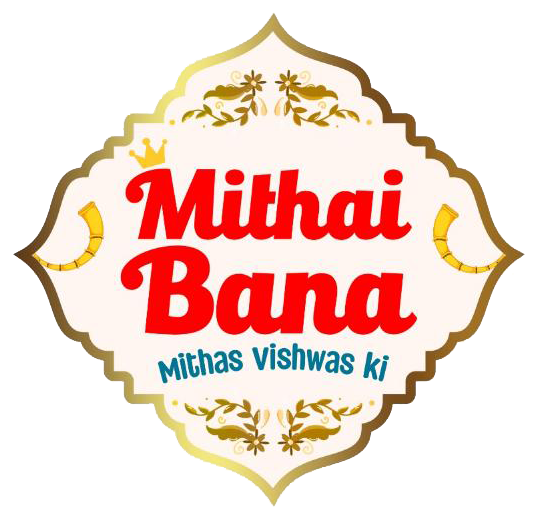Overview: A standout among the many Indian sweets is the Mithaibana Khoya Shankh, which is distinguished by its distinct production process as well as its wonderful flavour. For years, Indian cuisine has included this delightful dessert, renowned for its deeply rich and creamy texture. This essay will examine the history, components, and artistic interpretation of Mithaibana Khoya Shankh.
The Mithaibana Khoya Shankh’s origins and cultural significance are firmly ingrained in Indian culinary and cultural traditions. Hindi’s translation of “Mithaibana” as “sweet” conveys the essence of this delicious treat. In contrast, the word “shankh” refers to a conch shell, which is extremely significant both religiously and culturally in Hindu traditions.
Not only is the Khoya Shankh’s resemblance to a conch shell a coincidence, but it also represents wealth and auspiciousness. The conch shell is frequently utilised in religious rites and celebrations and is connected to several Hindu deities in Indian culture. As a result, the Mithaibana Khoya Shankh is a representation of joy and good fortune in addition to being a culinary delight.
Ingredients: Khoya, often referred to as mawa or evaporated milk solids, is a crucial component in the creation of Mithaibana Khoya Shankh. Milk is reduced and simmered until it becomes thick and solid, which is how khoya is formed. Sugar, cardamom for flavour, and occasionally saffron for a tinge of colour and scent are other necessary components.
The Method: Preparing Mithaibana Khoya Shankh is a technique that takes time and care. The first step in the procedure is to carefully choose premium khoya, making sure it is smooth, rich, and devoid of contaminants. Next, reduce the heat to low and cook the khoya, stirring constantly to keep it from adhering to the pan’s bottom while it thickens.
Cardamom and sugar are added to the khoya to improve its flavour and sweetness after it reaches the proper consistency. A smooth, uniform mass is formed by stirring the mixture. It is now possible to add saffron for colour and scent.
The Khoya mixture must next be shaped into the recognisable shape of a conch shell. To construct the fine intricacies that make the Mithaibana Khoya Shankh a genuine and aesthetically pleasing dessert, a trained hand is needed.
In summary, the Mithaibana Khoya Shankh is more than simply a dessert; it’s a representation of India’s rich culinary history. It is a mainstay at celebratory events, weddings, and religious rituals because of its form, flavour, and cultural importance. Indulging in a delectable dessert, we are also establishing a connection with the traditions and symbols that make Khoya Shankh a treasured aspect of Indian culture as we relish its creamy richness.


